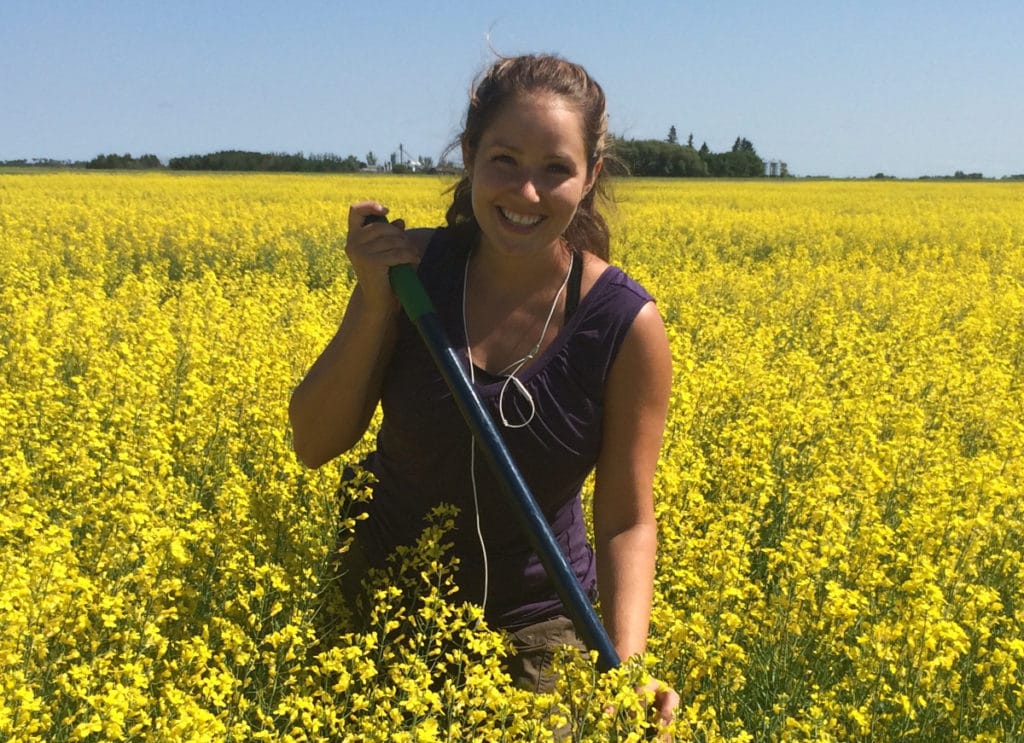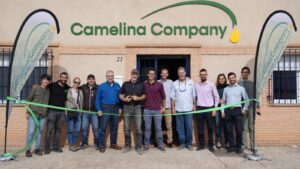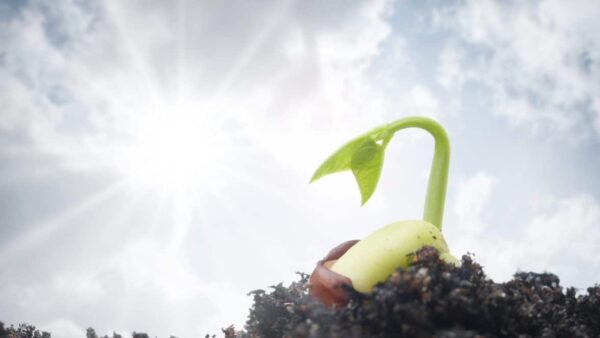An oilseed crop domesticated at least 3,000 years ago could help to mitigate the effects of climate change in today’s world. Elaine Qualtiere is on a mission to help make that happen.
Qualtiere is based in Saskatoon as a breeding research associate for Smart Earth Camelina, a major developer of camelina varieties. Smart Earth’s varieties are used to feed a supply chain that delivers camelina oil around the world — a world becoming increasingly affected by climate change.
Camelina could play an important role in as a non-food, low-input feedstock for the production of biofuel and bio-based industrial products such as lubricants, hydraulic fluids and polymers. It’s also ideally suited as meal and oil for animal feed and aquaculture.
Camelina’s heat tolerance, low water requirements and ability to mature in a short growing season make it a good fit to fill fallow periods in dryland wheat farming or, in regions like the northern U.S. Great Plains states, as a double crop with short-season soybeans or sunflowers. As a result, little to no arable land is taken out of food production.
Camelina seeds are golden, brown, or reddish-brown when mature. They are oblong-oval and quite small. The seed oil content is about 41 per cent.
“Camelina’s ideally suited to locations with reduced growing seasons. It has tolerance to cold and drought and goes well in semi-arid conditions, as we’re kind of seeing here in Saskatchewan right now. It can be quite a high yielding crop with less inputs than a lot of others. It really checks all the boxes for a so-called ‘green crop,'” says Qualtiere, who has a master’s degree in plant ecology from the University of Saskatchewan.

Her interests began with forestry and climate change, but the potential for helping mitigate the latter is what drove her into the world of plant breeding. Prior to arriving at Smart Earth Camelina, she did a three-year stint with BASF as a biologist and prior to that served as a research assistant with DuPont Pioneer.
Interest is growing in winter camelina, which breeders like Qualtiere are working on. The company currently runs a comprehensive camelina breeding program, one of the biggest in North America. With access to one of the largest Camelina germplasm collections at Plant Gene Resources of Canada, its camelina cultivars provide a competitive oilseed alternative for the grower, both from an agronomic and an economic standpoint, Qualtiere says.
“We’ve barely scratched the surface in terms of discovering the potential that this crop has. We’re a long away from getting camelina to the point that other oilseeds like canola have been brought to, but we’re getting there.”
While Smart Earth Camelina currently contracts growers to grow its varieties for use as oil for the livestock and aquaculture sectors, camelina could one day become an economically feasible alternative to conventional jet fuel under certain market conditions, according to an Oregon State University analysis.
Smart Earth is about to launch some new non-GMO herbicide tolerant varieties of the crop, so this versatile oilseed is one to watch, both now and in the future.












